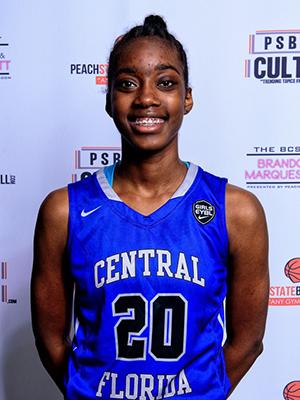

I’d drive my son to school in the mornings and pass Mills College, my alma mater, and I’d come home to the same neighborhood where I raised my daughter in the 90s, and I stood at my tall kitchen table and I wrote to see where the rhythm of the language would take me.Įvery month or so I met with a magical little writing group and they’d say, Oh, go down that rabbit hole, or, Show us another side of this tree. Once I caught the rhythm, I could write the book fairly quickly. Then three years ago I moved back to Oakland-that’s where a lot of this book takes place-and being back gave me the quality of the light and the smells, and it gave me that linguistic rhythm I’d been looking for. I was just the writer I needed to be every time, but for this book I wasn’t there yet. How did you find it? Was it a search, or did it just speak itself to you?Īriel Gore: I tried to start writing this book a hundred times over the years, but I could never find the rhythm of the language, so I’d set it aside. It’s authoritative, incantatory, and yet also naïve, in the sense that it lets the reader experience events with the immediacy the young protagonist does. The Rumpus: The voice of this book is striking. Versions of both essays appear in Gore’s new book, the novel We Were Witches, which takes on the story of a very young mother named Ariel raising a child in the Bay Area and facing many of the same struggles that Gore has written about in her previous nonfiction. We published “Blood Red Bougainvillea” in the spring of 2016, and that summer we published “Do You Have a Beau.” They were written in spare, lyrical language and though slim in size dealt with big themes of violence, shame, desire, queerness, magic, and motherhood. Receiving a submission from her when I was co-editing the Sunday Rumpus was such an honor I almost couldn’t believe it was happening. Hip Mama, which continues to cover the culture and politics of motherhood, went on to win an Alternative Press Award, and I remained a fan of Gore’s writing as she wrote seven more books, expanding into memoir and psychology with titles such as Atlas of the Human Heart, Bluebird: Women and the New Psychology of Happiness, and the award-winning The End of Eve.
Young mamas ariel how to#
With chapters about the evil patriarchy and learning to be unacceptable, they were a welcome reprieve from the volumes telling me what to expect, what to do, what to want, how to be. I bought a copy when she came to Chicago on her book tour, along with her first book, The Hip Mama Survival Guide. Lucky for me, her second book, The Mother Trip, had just come out.

When I got pregnant, at the societally approved age of thirty-two, I looked to her for guidance about how to become a mother while retaining my politics and identity. I loved the voice and perspective of founding editor Ariel Gore, who lived in the Bay Area and was single-parenting the daughter she’d had at nineteen. Even without a direct connection to the subject matter, I was taken with the parenting zine immediately.

I was a twenty-something gadabout when I first read Hip Mama in the mid-1990s, with no intention of having a kid any time soon.


 0 kommentar(er)
0 kommentar(er)
